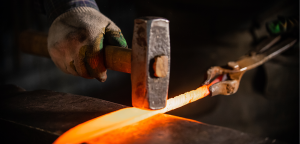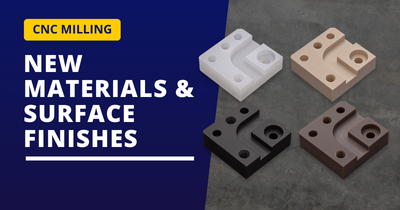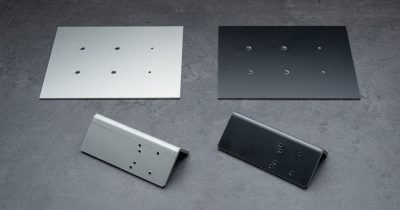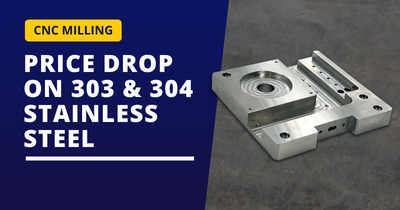What is Heat Treatment?
Types and Applications

Heat treatment is a process where materials, such as metals, are heated or cooled to alter their properties and achieve desired characteristics. Scenes in television shows often depict a blacksmith plunging a red-hot piece of iron into water; this process, known as quenching, is a step in heat treatment aimed at hardening steel. Heat treatment will be covered in more detail below.
Table of Contents
What is Heat Treatment?
Steel contains elements other than iron itself, and pure iron is rarely available commercially. One of the most common elements found in steel is carbon. The properties of steel change based on the arrangement of iron and carbon within it. For instance, if you rapidly evaporate saltwater, you obtain fine crystals; if you evaporate it slowly, larger crystals form. Similarly, the structure of iron and carbon changes based on temperature and cooling speed. Heat treatment is the method used to alter the arrangement of iron to achieve desired properties.
Types of Heat Treatment
Full Heat Treatment
The most common heat treatments are often referred to as an “full heat treatment” because they involve heating or cooling the entire component in a furnace. These treatments are classified into four main types:
Quenching
This process involves heating iron to a red-hot temperature (approximately 800°C to 850°C ) and then rapidly cooling it in water or oil. Quenching significantly increases the hardness of steel, but it also makes it brittle. Therefore, it is typically followed by a process called tempering. Care must be taken during quenching to avoid cracks or distortions due to the expansion and contraction of the material.
Tempering
After quenching, parts are reheated and then cooled. Tempering reduces hardness slightly while eliminating brittleness, allowing the material to be both hard and tough. It also relieves internal stresses caused by uneven contraction. Tempering can be categorized into low-temperature (150°C to 200°C) and high-temperature (550°C to 650°C) processes, each involving different heating durations.
Annealing
Annealing is the opposite of quenching. It aims to soften steel for easier processing or to alleviate hardening effects from previous processing. This process involves heating the material to create a uniform structure and then cooling it slowly. Various annealing types require temperatures ranging from about 550°C to nearly 950°C, with a typical hold time of about an hour.
Normalization
Normalization aims to homogenize the uneven structure of iron that develops during manufacturing, preparing it for subsequent processing, such as cutting or stamping. The iron is heated to around 800°C to 900°C and then air-cooled.
Selective Heat Treatment
Traditional heat treatment requires heating the entire component for an extended period, often requiring large furnaces and cooling equipment, which can be costly. However, in cases like gears where only specific areas (e.g., teeth) require strength, carburizing or surface hardening methods are used. Induction hardening is a frequently employed technique that uses electromagnetic induction to heat only the surface of the part. All of these heat treatments are commonly used as finishing processes to harden the surface of gear teeth and extend their lifespan.
Carburizing
Carburizing is a process that involves diffusing carbon into the surface of low-carbon steel, which is unsuitable for quenching, to increase its carbon content, followed by quenching and tempering. The most common method is gas carburizing, where steel is heated in a furnace filled with carburizing gas. The key feature of this process is that it imparts strength only to the surface layer where carbon has diffused, allowing the interior to remain soft and tough while balancing surface wear resistance and internal toughness. Additionally, because only the carburized areas can be quenched, there is relative freedom in selecting the hardened sections. The interior and non-carburized areas maintain their original hardness. Carburized materials are often used in automotive and machinery components.
Induction Hardening (Surface Hardening)
Induction hardening is a method used to heat the surface of metal components. By bringing a copper wire coil close to the areas that require hardening, the surface of the part is heated through electromagnetic induction, allowing specific areas to be hardened. This method has the advantage of lower carbon dioxide emissions and energy consumption, making it environmentally friendly, and it is particularly popular among surface hardening techniques. By heating only the necessary areas and rapidly cooling them, it achieves a finish with high strength and wear resistance.
Conclusion
Heat treatment serves various purposes, such as hardening or softening metal materials and optimizing them for processing. Quenching and tempering are particularly common methods used to achieve strength and fatigue resistance in components, making them essential processes to understand.
meviy CNC Turning
Heat Treatment Options
meviy offers three hardening methods for your turned parts.
For full part hardening, you can choose from two options for heat treating and quenching the entire part to achieve the desired hardness specification: immersion quenching and vacuum quenching.
Selective hardening allows you to specify particular areas for hardening, targeting only those regions that require it while excluding areas with threads or precision tolerances. meviy offers induction hardening as one of these options.






